Embark on a journey to Bryce Canyon National Park, a mesmerizing spectacle of nature’s grandeur nestled in the heart of Southern Utah. This iconic national park, celebrated for its captivating landscapes and unique geological formations, stands as a testament to the timeless beauty and power of the natural world. My visit to Bryce Canyon was driven by a desire to witness its famed hoodoos—towering spires of rock sculpted by the hands of erosion over eons—each telling a story of resilience and transformation.

As I ventured into this majestic natural wonder, I was not merely a spectator but a participant in a landscape that has captivated hearts and sparked imaginations for centuries. Bryce Canyon is more than a park; it’s a sanctuary where the earth’s intricate history is etched into every stone and vista. From the vibrant hues that paint the amphitheaters at dawn to the serene silence that settles under the starlit sky, every moment in Bryce Canyon is a discovery, an invitation to explore and connect with the earth on a profound level.
This review aims to share the essence of Bryce Canyon National Park, guiding you through its rich tapestry of history, its breathtaking geography, and the myriad of activities it offers. Whether you’re drawn to the allure of outdoor adventures, the pursuit of tranquility amidst stunning natural backdrops, or the quest for a deeper understanding of our planet’s geological marvels, Bryce Canyon promises an experience that is both unforgettable and transformative. Join me as we delve into the heart of one of Utah’s greatest treasures, a place where the beauty of the natural world is on full display, inviting us to pause, reflect, and marvel at the wonders that surround us.










History and Significance
The story of Bryce Canyon National Park is as captivating as its landscapes, woven through millions of years of geological history and enriched by the cultures that have revered this land. The park’s most iconic features, the hoodoos, stand as towering sentinels of stone, each sculpted not by the hands of man but by the relentless forces of nature. These spire-like rock formations, unique to Bryce Canyon, have been shaped by the freeze-thaw cycle of water in the cracks of the limestone rock, a process known as frost wedging. This natural phenomenon, coupled with the erosive forces of rainwater, has carved the park’s landscape into a breathtaking amphitheater of rock, filled with an array of hoodoos that captivate the imagination.
Long before it was established as a national park, the area that is now Bryce Canyon was home to several Native American peoples, including the Paiute Indians. The Paiutes, who arrived in the region around the 12th century, held a profound connection to the land, weaving its features into their culture and mythology. They named the hoodoos “Anka-ku-wass-a-wits,” translating to “red painted faces,” inspired by the towering formations’ resemblance to human figures and the vibrant hues of the rocks at different times of the day. The Paiutes believed these hoodoos were the ancient Legend People, turned to stone by the trickster Coyote as punishment for their misdeeds, adding a layer of mythic significance to the already mystical landscape.
The name “Bryce Canyon” itself is a nod to the Mormon pioneers who settled in the area in the late 19th century. Ebenezer Bryce, a Scottish immigrant and one of the early settlers, built his home at the edge of the plateau. The locals began referring to the canyon behind his home as “Bryce’s Canyon,” a name that eventually extended to the entire park. Ebenezer Bryce famously described the area as “a hell of a place to lose a cow,” underscoring the rugged and intricate nature of the terrain.
The transformation of Bryce Canyon into a protected national park was propelled by the efforts of conservationists and the National Park Service in the early 20th century. Recognizing the area’s unique geological features and natural beauty, these advocates worked tirelessly to ensure its preservation. In 1923, Bryce Canyon was designated as a national monument by President Warren G. Harding, and in 1928, it was officially established as a national park. This designation has safeguarded the hoodoos and the surrounding landscape, allowing generations of visitors to marvel at the natural splendor of Bryce Canyon.
Today, Bryce Canyon National Park stands as a monument to the power of natural forces and the importance of conservation. Its rich tapestry of history, from the ancient Native American legends to the stories of pioneers and conservationists, adds depth to the visitor experience. The park’s hoodoos continue to inspire awe and wonder, a testament to the enduring beauty of the natural world and the need to protect these irreplaceable treasures for future generations.
Geography and Landscape
Bryce Canyon National Park’s geography and landscape are a marvel of natural architecture, presenting a stunning array of geological formations that tell a tale of the Earth’s ancient past. The park, located in southwestern Utah, is not a single canyon but a series of natural amphitheaters carved into the edge of a high plateau. This unique topography creates a striking contrast between the verdant forests that blanket the plateau’s surface and the intricate maze of towering spires, known as hoodoos, below.
The Formation of Hoodoos
The hoodoos, Bryce Canyon’s most iconic features, are the result of millions of years of erosion. These peculiar rock formations begin as plateaus composed of layers of sedimentary rock, including limestone, siltstone, dolomite, and mudstone. The region’s distinct climate, characterized by over 200 freeze-thaw cycles each year, plays a crucial role in the formation of hoodoos. Water seeps into cracks in the rock, freezes, and expands, gradually widening the cracks and causing pieces of rock to break away. Over time, this process sculpts the plateau into the dense forests of stone spires that mesmerize visitors today.
Natural Amphitheaters and Erosional Forces
Bryce Canyon’s landscape is dominated by a series of natural amphitheaters that span several miles. The largest and most famous of these is Bryce Amphitheater, which spans over three square miles and offers some of the most breathtaking views in the park. The amphitheaters were formed by the same erosional forces that created the hoodoos, with water erosion from rain and snowmelt carving intricate patterns into the soft rock. The Paunsaugunt Plateau’s eastern edge, where the park is situated, has been particularly susceptible to these erosional forces, resulting in the vast, bowl-shaped depressions that captivate visitors’ imaginations.
The Color Palette of Bryce Canyon
One of the most striking aspects of Bryce Canyon’s landscape is its vibrant color palette. The rock layers exhibit a stunning range of hues, from deep reds and oranges to soft pinks and purples, which change and intensify with the sun’s position. This natural kaleidoscope is the result of varying mineral content in the rocks, with iron oxides imparting red, orange, and brown tones, and manganese oxides adding shades of lavender. The interplay of light and shadow, especially during the golden hours of sunrise and sunset, accentuates these colors, creating a dynamic and ever-changing landscape.
Elevation and Climate
The park’s elevation, which ranges from 6,600 feet (2,012 meters) to 9,100 feet (2,774 meters), significantly influences its climate and ecosystems. The higher elevations experience cooler temperatures and more precipitation, supporting lush coniferous forests and alpine meadows. In contrast, the lower regions of the park, particularly the canyon floors, are characterized by a more arid environment, with hardier vegetation adapted to the drier conditions.
The Impact of Elevation on Biodiversity
This range in elevation creates distinct ecological zones within the park, each supporting diverse plant and animal life. The varying ecosystems, from the high plateau forests to the canyon’s desert-like environment, contribute to the park’s biodiversity, making it a haven for wildlife and a hotspot for botanical diversity.
Bryce Canyon National Park’s geography and landscape are a testament to the power of natural forces and the passage of time. The park’s unique topography, from its towering hoodoos and natural amphitheaters to its vibrant color palette, creates a surreal and otherworldly environment. It’s a place where visitors can witness the Earth’s artistry and be reminded of the dynamic processes that shape our planet.
Flora, Fauna, and Breathtaking Vistas
Flora of Bryce Canyon National Park
The flora of Bryce Canyon National Park is as diverse and captivating as its iconic geological formations, painting the landscape with a rich palette of colors and textures that change with the seasons. The park’s unique elevation gradient, ranging from 6,600 to over 9,000 feet, creates distinct ecological zones, each supporting a variety of plant life adapted to the specific conditions found within these zones.
High Plateau Vegetation
At the highest elevations, the park’s flora is characterized by species typical of the Rocky Mountains. Here, in the cooler and more moist environments, majestic stands of Ponderosa Pine, Douglas Fir, and Blue Spruce dominate the landscape, their evergreen boughs providing a stark contrast against the backdrop of red rock. Intermingled with these coniferous giants, Quaking Aspen groves shimmer with their distinctive trembling leaves, turning brilliant shades of yellow and gold in the autumn.
Subalpine and Montane Meadows
Descending in elevation, the park’s subalpine and montane zones showcase expansive meadows and open parks, where wildflowers bloom in profusion from late spring to early summer. These meadows are carpeted with a variety of species, including the vibrant Western Columbine, Lupine, and Indian Paintbrush, whose fiery red spikes add bursts of color to the landscape. The delicate Sky Pilot and the fragrant Mountain Sagebrush also thrive here, adding to the rich biodiversity of the park’s meadows.
Pinyon-Juniper Woodlands
Further down, the landscape transitions into Pinyon-Juniper woodlands, a semi-arid ecosystem characterized by the twisted forms of Utah Juniper and the squat, bushy Pinyon Pine. This zone marks a shift towards more arid-adapted species, with hardy shrubs like Sagebrush, Rabbitbrush, and the aromatic Mountain Mahogany becoming more prevalent. The understory in these woodlands is dotted with a variety of grasses and forbs, providing habitat and food for the park’s wildlife.
Riparian Areas
The park’s riparian areas, found along streams and water sources, present a stark contrast to the surrounding desert environment. These lush corridors are lined with Narrowleaf Cottonwood and Willow trees, their presence signaling the life-giving water that flows through these veins of the landscape. Under their canopy, a diverse understory of shrubs, ferns, and moisture-loving plants thrives, creating a rich habitat that supports a wide array of bird and insect life.
Adaptations to the Environment
The flora of Bryce Canyon has adapted in fascinating ways to thrive in the challenging conditions of high elevation and arid climate. Many plants exhibit drought-resistant characteristics, such as deep root systems, waxy or hairy leaves to reduce water loss, and the ability to go dormant during dry periods. These adaptations not only ensure the survival of individual species but also maintain the ecological balance of the park’s diverse habitats.
The flora of Bryce Canyon National Park adds a vital layer of beauty and complexity to the already stunning landscape. It provides essential habitat for wildlife, contributes to the park’s ecological diversity, and offers visitors a chance to experience the subtle, often overlooked wonders of the natural world. From the towering trees of the high plateaus to the resilient shrubs of the desert floor, the plant life in Bryce Canyon tells a story of adaptation, resilience, and the intricate web of life that thrives in this unique corner of the world.
Fauna: Wildlife in Bryce Canyon
The fauna of Bryce Canyon National Park is as varied and fascinating as its landscape, offering visitors a glimpse into the vibrant wildlife that calls this high desert environment home. Despite the seemingly harsh conditions, the park’s unique habitats support a diverse array of animal life, from small, elusive creatures to larger, more conspicuous mammals and a remarkable variety of bird species.
Mammals of Bryce Canyon
Among the park’s mammals, the Mule Deer is perhaps the most commonly encountered by visitors. These graceful animals are well adapted to the park’s varied terrain, often seen grazing in meadows or moving through the forests. Less visible but equally integral to the ecosystem are smaller mammals like the Rock Squirrel and the Utah Prairie Dog, the latter being a species of special concern due to its limited distribution and habitat requirements.
Predators also roam the park, although they are much more elusive. The Mountain Lion, or cougar, is the top predator in Bryce Canyon, playing a crucial role in controlling deer populations and maintaining ecological balance. Bobcats, coyotes, and the occasional black bear also inhabit the park, each contributing to the complex predator-prey relationships that characterize the Bryce Canyon ecosystem.
Avian Residents and Migrants
Bryce Canyon National Park is a haven for bird enthusiasts, with over 200 bird species recorded within its boundaries. The park’s varying elevations and habitats provide niches for a wide array of bird life. Raptors such as the Golden Eagle and the Peregrine Falcon can be spotted soaring above the canyons, while the park’s meadows and forests are home to songbirds like the Western Bluebird, Mountain Bluebird, and the American Robin.
The park’s riparian areas, though limited, are particularly rich in birdlife, attracting species like the Willow Flycatcher and the Yellow Warbler. During migration periods, these areas become critical stopover points for a variety of migratory birds, adding to the park’s avian diversity.
Reptiles and Amphibians
The reptile and amphibian populations in Bryce Canyon, though less conspicuous than mammals and birds, add another layer to the park’s biodiversity. Several species of lizards, including the Common Side-blotched Lizard and the Sagebrush Lizard, can be found basking in the sun on warmer days. Snakes are also present, though they tend to be more reclusive, with species like the Great Basin Gopher Snake and the Striped Whipsnake making their home in the park.
Amphibians, such as the Tiger Salamander and the Woodhouse’s Toad, are found in the park’s wetter areas, their presence indicating healthy, unpolluted water sources. These creatures, though small, play significant roles in the park’s ecosystems, serving as both predators and prey in the food web.
The Importance of Fauna in Bryce Canyon
The animals of Bryce Canyon National Park not only contribute to the park’s natural beauty and appeal but also play critical roles in its ecological processes. Herbivores like the Mule Deer help to shape the vegetation through their grazing, while predators like the Mountain Lion keep herbivore populations in check, preventing overgrazing and promoting plant diversity. Birds and insects act as pollinators for many plant species, facilitating their reproduction and spread.
The fauna of Bryce Canyon also offers endless opportunities for wildlife viewing and photography, enriching the visitor experience. By observing these animals in their natural habitat, visitors gain a deeper appreciation for the intricate web of life that thrives in this unique landscape and the importance of preserving these wild places for future generations.
Breathtaking Vistas of Bryce Canyon
The true essence of Bryce Canyon National Park lies in its awe-inspiring vistas, each offering a unique perspective of the park’s grandeur. The natural amphitheaters, filled with the crimson spires of hoodoos, create a surreal landscape that changes with the light of day.
Sunrise Point offers one of the most iconic views of the park, where the early morning light illuminates the hoodoos, casting long shadows and highlighting the intricate formations. From here, the vast amphitheater opens up, with the Silent City—a densely packed collection of hoodoos—standing in silent majesty.
Another must-see vista is Bryce Point, renowned for its panoramic views that encompass the full scope of the park’s beauty. From this vantage point, visitors can witness the grandeur of the amphitheaters, the undulating terrain, and the endless sky, a sight that embodies the spirit of Bryce Canyon.
For those seeking a closer connection with the landscape, the Rim Trail offers a journey along the edge of the plateau, providing a series of breathtaking vistas that reveal the depth and complexity of the canyon. Each turn on the trail presents a new panorama, inviting visitors to pause and soak in the beauty of this natural wonder.
In Bryce Canyon National Park, the flora and fauna add layers of life and color to the majestic backdrop of hoodoos and canyons, while the breathtaking vistas offer endless opportunities for discovery and reflection. Together, they create an unforgettable experience that draws visitors back to this remarkable landscape time and time again.
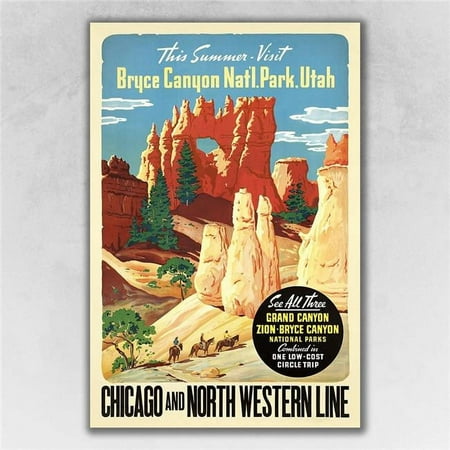
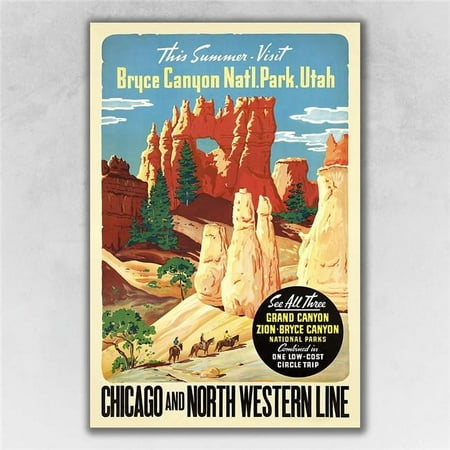



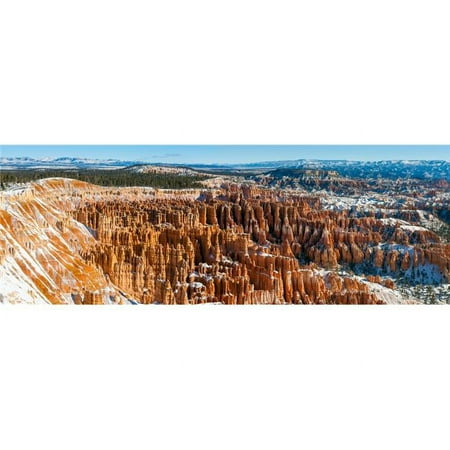



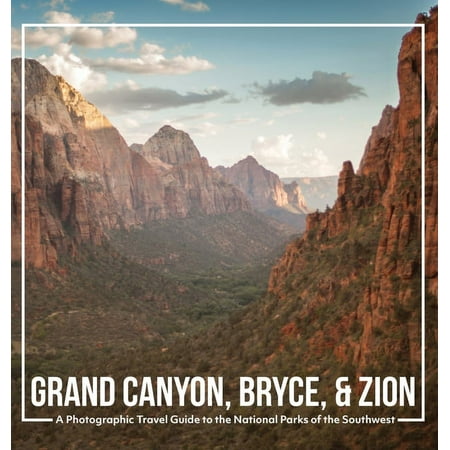


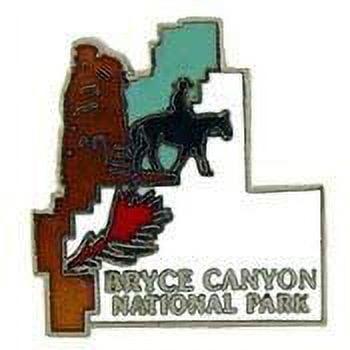







Attractions and Activities
Bryce Canyon National Park offers a plethora of attractions and activities for visitors of all ages and interests. The main highlight, of course, is the mesmerizing collection of hoodoos. Sunrise and sunset are particularly magical times to witness the interplay of light and shadow on these incredible rock formations.
For those seeking a closer look, there are numerous hiking trails that wind through the park’s canyons and forests. The Rim Trail is a popular choice, providing stunning panoramic views along the canyon’s edge. The Queen’s Garden Trail offers a moderate hike down into the canyon, allowing visitors to experience the hoodoos up close.
Camping is a wonderful way to immerse yourself in the beauty of Bryce Canyon. The park offers two campgrounds: North Campground and Sunset Campground. Both provide tent and RV camping options, as well as restrooms and drinking water facilities. It’s important to note that campsites are available on a first-come, first-served basis, so arriving early is recommended, especially during peak seasons.
Wildlife viewing is another popular activity in the park. Keep an eye out for mule deer, pronghorn, and the elusive mountain lion. Birdwatchers will be delighted by the opportunity to spot a variety of bird species, including the colorful western tanager and the elusive spotted towhee.
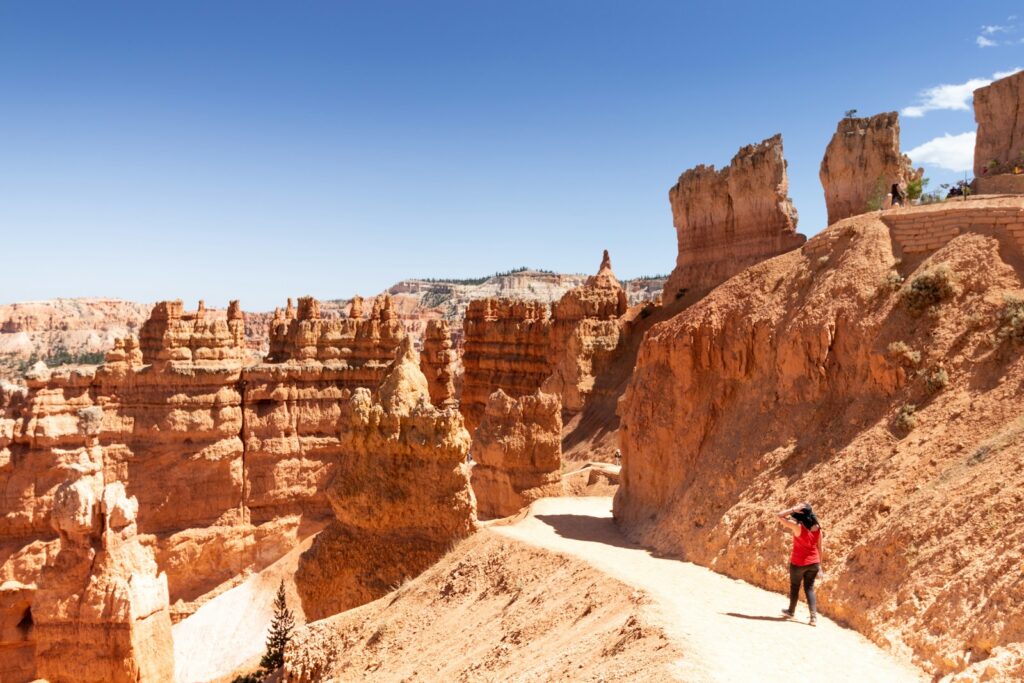



Camping and Accommodation
Camping and accommodation in Bryce Canyon National Park offer a range of options to suit various preferences, allowing visitors to immerse themselves in the park’s natural beauty overnight. From rustic campsites nestled among the towering hoodoos to comfortable lodgings just outside the park, the choices cater to both the adventurous camper and those seeking more comfort after a day of exploration.
Camping Within Bryce Canyon
For those eager to stay within the embrace of Bryce Canyon’s stunning landscape, the park provides two main campgrounds: North Campground and Sunset Campground. Both campgrounds are strategically located to offer easy access to the park’s main attractions, including the Bryce Amphitheater, with its breathtaking views and intricate network of hiking trails.
North Campground is situated close to the Visitor Center, making it a convenient option for first-time visitors seeking information and resources. It features over 100 sites available on a first-come, first-served basis, accommodating both tents and RVs. The campground is equipped with restrooms, potable water, and picnic tables, and is ideally positioned for enjoying the park’s stunning sunrises and sunsets.
Sunset Campground, named for its spectacular sunset views, offers additional sites, also suitable for tents and RVs. Similar to North Campground, it provides essential amenities and is located near Sunset Point, one of the park’s most famous overlooks. This campground operates seasonally, and it’s advisable to check its availability before planning your stay.
For those seeking a more secluded experience, backcountry camping is permitted within the park, with several designated backcountry campsites accessible by the park’s extensive trail system. A backcountry permit, obtainable at the Visitor Center, is required for these overnight stays, offering a true wilderness experience under the vast, star-filled skies of Bryce Canyon.
Accommodations Outside the Park
Just outside the boundaries of Bryce Canyon National Park, a variety of lodging options are available, ranging from cozy cabins and bed-and-breakfasts to full-service hotels and resorts. These accommodations provide a comfortable base for exploring the park while offering amenities such as hot showers, comfortable beds, and often, dining options.
The town of Bryce Canyon City and other nearby communities, such as Tropic, Cannonville, and Panguitch, host a range of lodging choices. These locations not only offer proximity to the park but also the charm of small-town hospitality, with local eateries, shops, and the opportunity to explore the surrounding area’s attractions beyond the park’s boundaries.
Planning Your Stay
When planning your camping or lodging in and around Bryce Canyon National Park, it’s crucial to consider the time of year, as seasonal variations can affect campground availability and lodging rates. The summer months are the peak tourist season, offering warm days and cool nights, but also drawing the largest crowds. Booking well in advance is recommended, especially for accommodations within the park.
The off-peak seasons of spring and fall provide a quieter experience, with fewer visitors and the natural beauty of wildflowers or autumn foliage. Winter in Bryce Canyon is a magical time, with snow-capped hoodoos and crisp, clear skies, though some facilities may be limited or closed during this season.
Whether you choose to camp under the stars within the park or enjoy the comforts of nearby accommodations, staying in or near Bryce Canyon National Park enriches your visit, allowing you to fully experience the serene beauty and profound stillness of this remarkable natural wonder.
Conservation and Environmental Issues
Bryce Canyon National Park is committed to conservation efforts and maintaining the ecological health of the park. The park’s management focuses on preserving the unique natural features, minimizing human impact, and promoting eco-friendly practices.
The fragile desert ecosystem of Bryce Canyon faces several environmental challenges. Soil erosion, invasive plant species, and water conservation are ongoing concerns. Visitors are encouraged to stay on designated trails, follow Leave No Trace principles, and respect wildlife and plant life to ensure the long-term preservation of this magnificent landscape.
To support the park’s conservation efforts, volunteers and staff lead educational programs on environmental awareness and sustainable practices. Visitors can participate in ranger-led hikes, talks, and workshops to deepen their understanding of the park’s delicate ecosystem and learn how they can help protect it.

Visitor Information
Bryce Canyon National Park is open year-round, 24 hours a day. However, certain facilities and services may be limited during the winter months. Entry fees are $35 per vehicle, which is valid for seven days. For those traveling on foot, bicycle, or motorcycle, the entry fee is $20 per person.
To reach Bryce Canyon National Park, most visitors choose to drive. Located just off Highway 12, the main entrance is easily accessible from both the north and south. The closest major airports are Salt Lake City International Airport, approximately 270 miles away, and Las Vegas McCarran International Airport, approximately 274 miles away.
Safety is of utmost importance in the park, especially when hiking or exploring the canyons. It is essential to bring plenty of water, wear appropriate footwear, and be mindful of the sun’s strong rays. Certain trails may be icy or snow-covered during the winter months, so it’s wise to check trail conditions and carry proper equipment.
The park strives to be inclusive and offers accessibility options for differently-abled visitors. Accessible parking, restrooms, and trails are available to ensure that everyone can enjoy the park’s beauty.
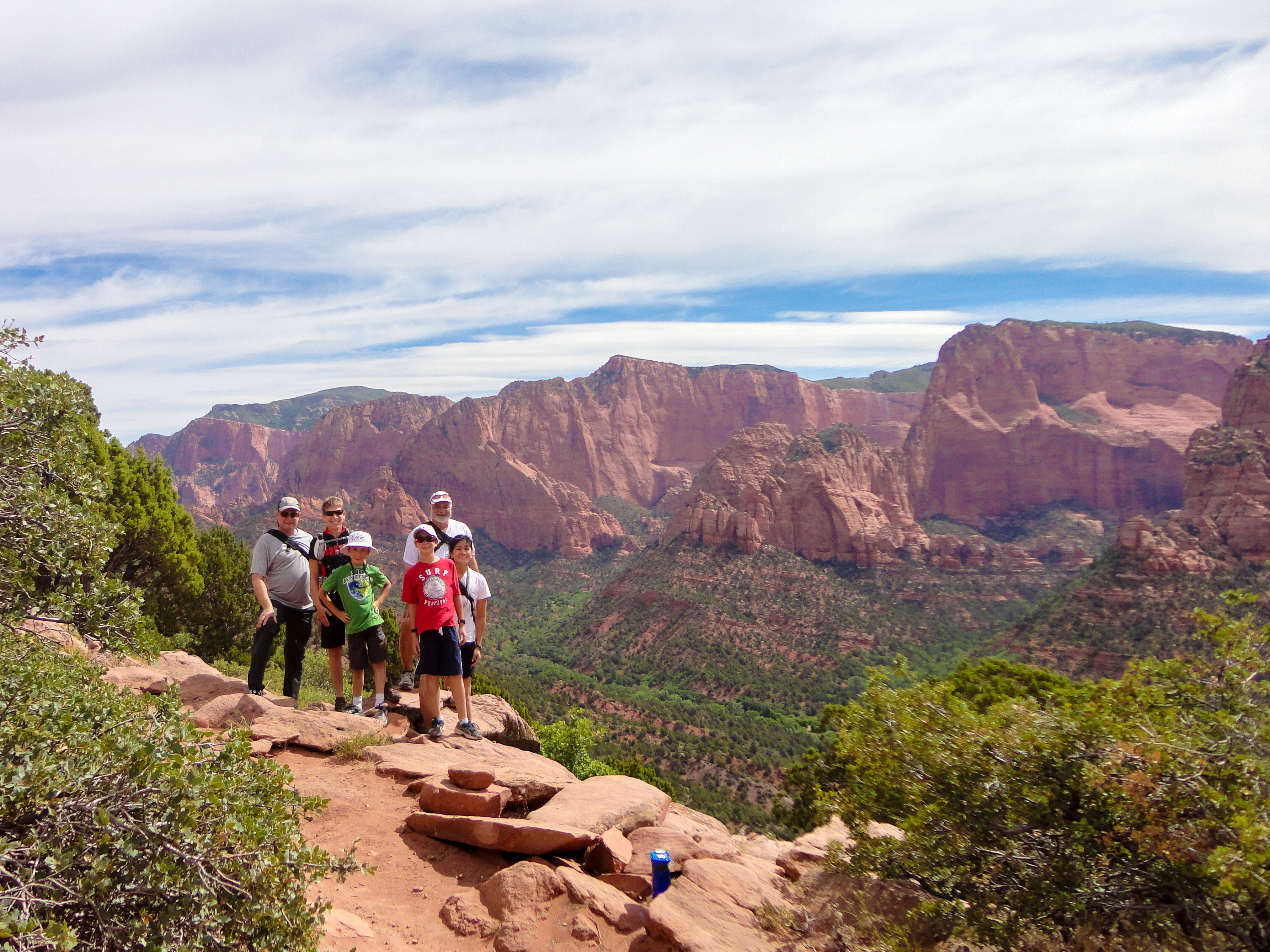


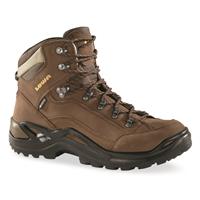
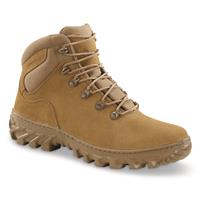
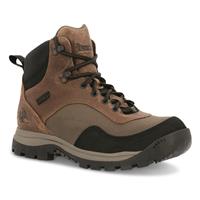
Personal Experiences and Recommendations
As a person fortunate enough to have visited Bryce Canyon National Park, I can attest to the awe-inspiring beauty that awaits visitors. Standing on the rim of the canyon while the first rays of sunlight bathe the hoodoos in a warm glow is a truly magical experience. Hiking down into the canyon and being surrounded by the towering rock formations is equally unforgettable.
For first-time visitors, I recommend starting your journey with the Rim Trail. This easy, scenic hike offers unparalleled views of the canyon and allows you to take in the breathtaking landscape at your own pace. Be sure to bring a camera to capture the stunning vistas and unique geological formations.
In addition to the well-known attractions, there are also hidden gems within the park that are worth exploring. One such spot is Mossy Cave, located a short distance from the park’s main entrance. This lesser-known area features a beautiful waterfall, grotto, and moss-covered walls, providing a picturesque escape from the crowds.
Conclusion
Bryce Canyon National Park is a natural wonder that must be seen to be believed. From the towering hoodoos to the vibrant flora and fauna, this park offers a visually stunning and spiritually rejuvenating experience. The combination of geological marvels, outdoor activities, and conservation efforts make it a truly remarkable destination.
So, whether you’re a seasoned traveler or embarking on your first national park adventure, Bryce Canyon invites you to immerse yourself in its awe-inspiring beauty. Plan your visit, explore the trails, and witness the magic of this unparalleled natural wonder. Bryce Canyon National Park awaits you with open arms.
Additional Resources
For official information and updates on Bryce Canyon National Park, please visit the official website. The website provides valuable information on fees, maps, permits, and current conditions within the park.
If you’re looking for in-depth knowledge and detailed guides to Bryce Canyon, consider picking up a guidebook such as “Fodor’s InFocus Zion & Bryce Canyon National Parks” by Fodors Travel Guides.
For any specific inquiries or assistance, you can contact the park authorities directly by calling the Bryce Canyon Visitor Center at (435) 834-5322. Additionally, you can reach out to the local tourism office for more information about the surrounding area and attractions.
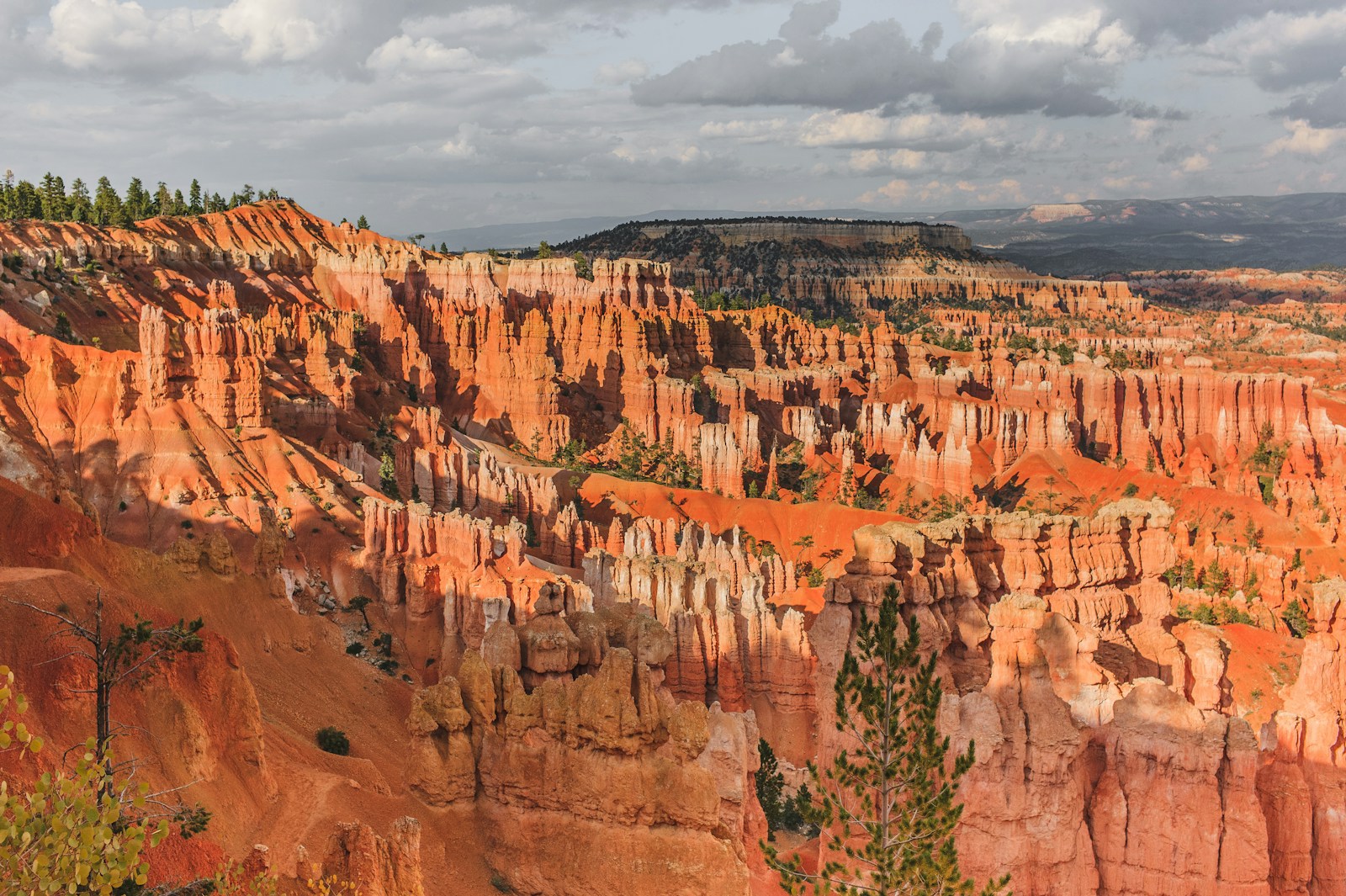
Leave a Reply